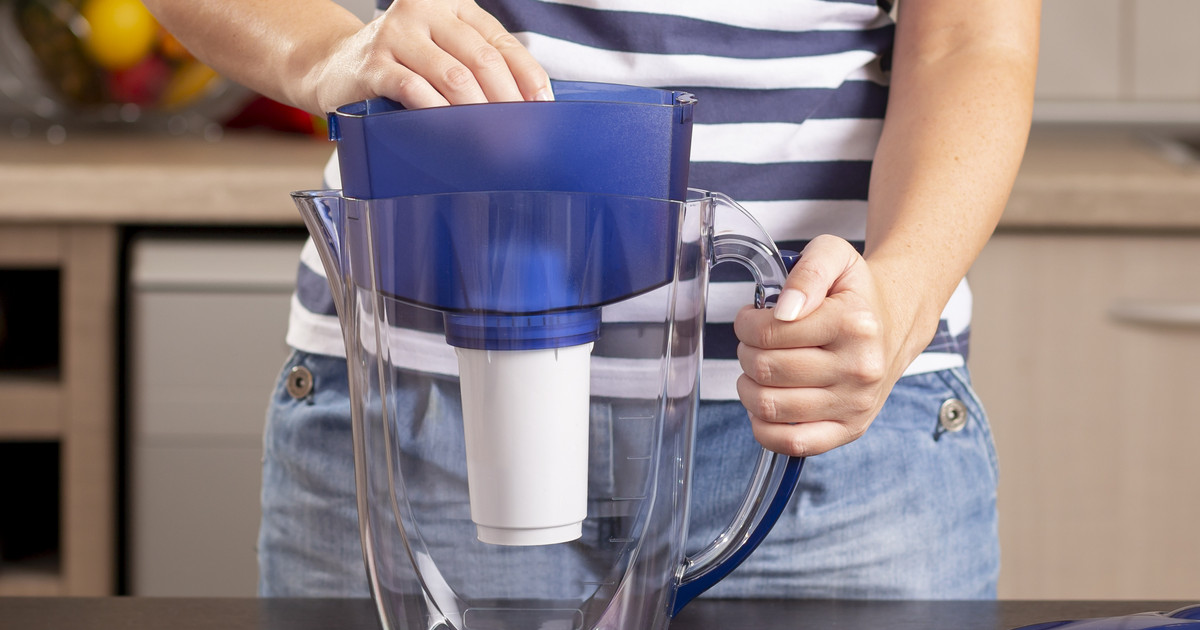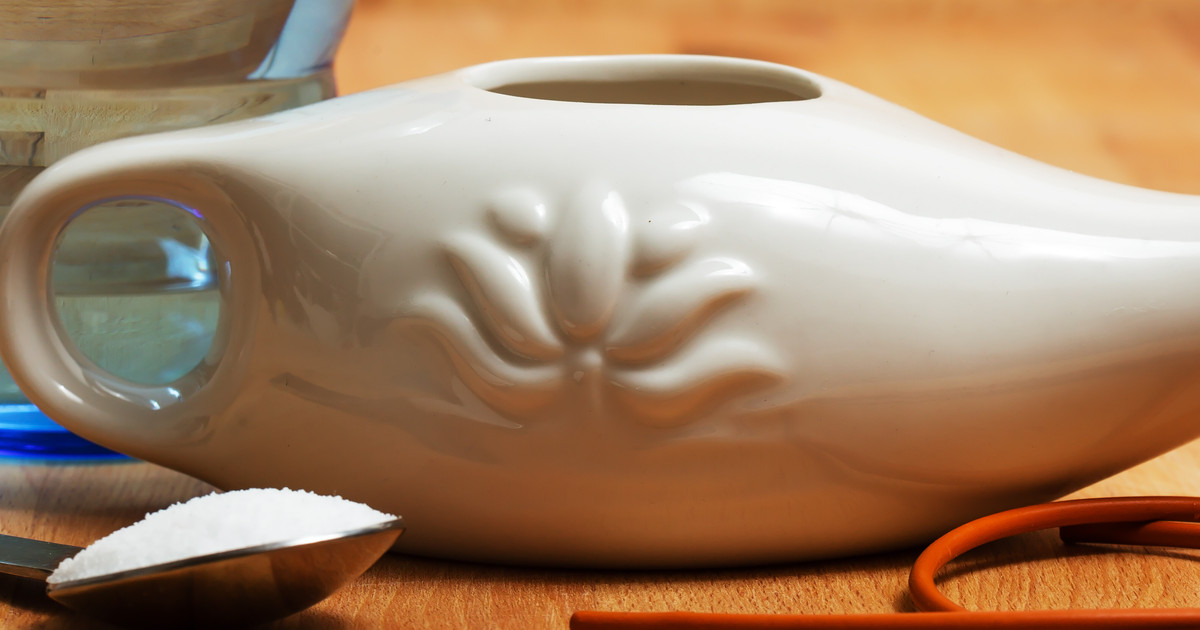Guide To Using A Neti Pot Correctly
A neti pot is a small teapot-shaped medical device used to wash mucus and other debris from an individual's sinuses and nasal cavities. The neti pot first originated in the ancient medical system of India commonly referred to as Ayurveda and is described as nasal irrigation. Western medicine adopted the use of the neti pot in the early 1900s. A neti pot is a non-invasive, medication-free, and inexpensive means of treating nasal symptoms in an affected individual. Neti pots are generally made out of materials such as ceramic, copper, stainless steel, or plastic. Most neti pots resemble the shape of a traditional teapot with a large, round body and long spout. Neti pots can be found in health food stores, online stores, and drug stores.
Get all the facts on using neti pots now.
Why They're Used

Individuals may use a neti pot for many different benefits it can provide when they are affected by certain conditions or symptoms. When an individual inhales pollution, allergens, and other irritating materials, their production of mucus in their nasal channels and sinuses can increase. This increased production of mucus sets a favorable precedent for further congestion and the development of an infection. When an individual uses a neti pot to rinse these irritants from the nasal channels before these processes can occur, they effectively avoid the symptoms associated with common colds, sinus infections, and other illnesses. A neti pot can help clear a patient's nostrils if they are having trouble breathing, reduce snoring, ease sinus headaches, reduce the need for decongestants and antibiotics, relieve facial pain, ease sinus pressure, reduce nasal dryness, and relieve allergy symptoms. Neti pots are used the most by patients affected by chronic rhinosinusitis, repeated viral upper respiratory infections, and seasonal allergic rhinitis.
Learn about how neti pots work next.
How Neti Pots Work

A neti pot works by serving as a method of clearing dirt, pollen, and other trapped debris from an individual's nasal passages. When performed correctly, the use of a neti pot will not burn or irritate an individual's extremely delicate and sensitive nasal membranes. Most neti pots come with a saline packet mixed with the water used with it. Generally, the saline solution is placed into the sterilized neti pot and is then poured into one nostril using a special technique. When this saline solution flows through one of the nasal channels, it flushes built-up debris and excess mucus out through the other nostril. This technique is repeated with the other nasal passage to cleanse that channel as well. The saline solution used in the neti pot is thought to promote the action of finger-like projections of the cells lining the nasal cavity referred to as cilia. The cilia in an individual's nasal cavities are responsible for moving mucus and other debris out of the nose.
Discover what kind of water to use with neti pots next.
What Water To Use

Although neti pots are known to be helpful for most individuals, they can cause harm if they are not used and cared for correctly. An individual should never use tap water in their neti pot because it generally contains small quantities of protozoa, amebae, bacteria, and other microorganisms. Tap water is okay to swallow because the digestive acid and enzymes in the stomach can kill these pathogens. If these pathogens enter the nasal passages through a neti pot, the microorganisms will not be eradicated and can colonize in the area. To ensure no foreign material or microorganisms enter the nasal cavities, an individual should only use certain types of water when they are using their neti pot. Tap water may be used only if it is brought to a boil for a minimum of three to five minutes and then allowed to cool down. Boiled tap water should be stored in a closed container for no more than twenty-four hours when it is intended for use in a Neti pot. Sterile water, distilled water, and water filtered at a minimum pore size of one micron are also safe to use in a neti pot.
Continue reading to learn how to clean a neti pot next.
Cleaning A Neti Pot

One of the most important parts of using a neti pot safely includes an individual cleaning it properly after every time they use it. Neti pots, like toothbrushes, should not be shared because certain bacteria can remain alive and be passed to the next individual who uses it. While exact instructions can vary between different neti pot manufacturers, the protocol for cleaning them generally starts with cleaning the pot with antibacterial soap and distilled, boiled, or sterile water. It is important that all soap residue is washed out of the neti pot and it is hand dried. When washing the neti pot, an individual should pay extra attention to the region where the pot meets the spout, as it is easy for salt to accumulate in this area. Any buildup in the neti pot can provide a favorable environment for the growth of a harmful pathogen that can be passed into the nasal cavities during use. Colonized pathogens that produce an infection in an individual's nasal cavity can spread into their sinuses, pharynx, and other parts of their body.
Read more to discover when to stop using a neti pot next.
When To Stop Using

An individual should not overuse their neti pot, as it can be detrimental to their overall health and well-being. The saline in the solution used to cleanse the sinuses can cause the breakdown of the nasal mucus. The use of a neti pot is beneficial when an individual is affected by allergies or another condition that causes excessive mucus production. When there is not an excessive production of mucus in the nasal cavities, a neti pot should not be used. The mucus in a healthy individual's nasal passages serves as a protective covering for the delicate tissues of the lining of the nasal passages. The repeated use of a neti pot for longer than one to three weeks at a time can deplete the mucus in the nasal passages and cause the individual to be more susceptible to irritants and pathogenic colonization in these tissues. It is important for an individual affected by lacrimal or sinonasal duct abnormalities or have undergone sinonasal surgery to speak with their physician before using a neti pot.